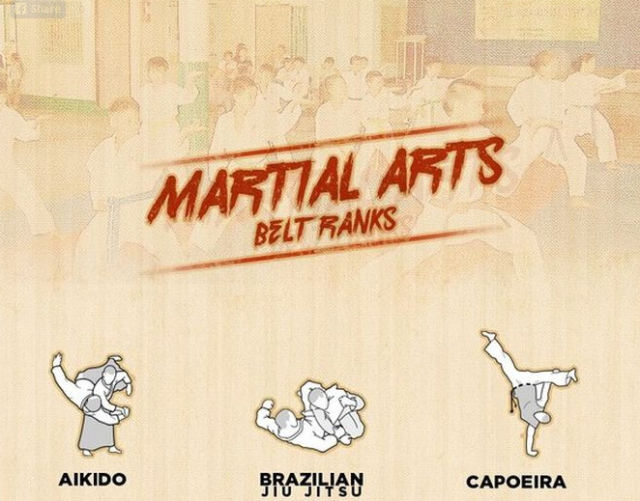Checking Out The Distinctions Between Standard Martial Arts And Contemporary Combat Sports
Checking Out The Distinctions Between Standard Martial Arts And Contemporary Combat Sports
Blog Article
Short Article Composed By-Skovbjerg Fink
When you think about martial arts, do you lean a lot more towards the typical techniques or the contemporary fight sports? Each course uses distinct benefits and experiences, formed by their philosophies and training approaches. Conventional martial arts stress personal development and discipline, while modern-day combat sporting activities focus on competitors and performance. Understanding these differences can lead you in picking the right approach for your journey. However just how do these differences manifest in training and viewpoint?
The Ideology and Background Behind Traditional Martial arts
While many individuals associate martial arts with physical combat, the philosophy and background behind standard martial arts run much deeper. martial arts with knives 'll discover that these techniques highlight personal growth, self-control, and respect.
Stemming from old practices, conventional martial arts were typically established for Self-Defense and spiritual growth. They symbolize principles such as equilibrium, harmony, and self-discipline, guiding professionals past plain battling skills.
As you educate, you'll not just discover methods but additionally acquire understandings into the culture and values that formed these arts. The rituals and practices, frequently passed down with generations, foster a sense of community and belonging.
The Competitive Nature of Modern Combat Sports
Modern fight sports have transformed the landscape of martial arts right into a highly competitive sector, where athletes challenge in an examination of skill, technique, and endurance.
You'll discover that competitors are typically arranged with stringent rules and regulations, making certain fair play and safety and security. These occasions attract large audiences, sustaining the exhilaration and intensity of matches.
Athletes train rigorously, not just for physical prowess but additionally for mental durability, understanding that every detail counts in the ring. https://www.cbsnews.com/detroit/news/michigan-martial-arts-scene-growing-drawing-talent-worldwide/ during competitors is palpable, as fighters push their limits to assert triumph.
Fans value the athleticism and virtuosity included, making contemporary combat sporting activities a thrilling spectacle that continues to evolve and mesmerize enthusiasts around the globe.
Training Techniques and Strategies: A Comparative Evaluation
The competitive ambience of contemporary fight sporting activities needs cutting-edge training techniques that vary considerably from conventional martial arts.
In modern training, you'll focus on details strategies, sparring, and conditioning, usually using drills that replicate real battle situations. You'll see an emphasis on measurable performance and frequent competitors to assess your skills.
In contrast, traditional martial arts prioritize kinds, katas, and philosophical teachings, typically highlighting technique and regard over competitors.
Training is generally less extreme and might involve repetitive practice as opposed to real-time sparring.
While both methods build skill and health and fitness, modern combat sporting activities supply a more dynamic and versatile training atmosphere, preparing you for immediate difficulties in the ring or cage.
Select the path that lines up with your goals and interests.
Final thought
In choosing between conventional martial arts and modern combat sports, it actually boils down to what you value a lot of. If you're seeking personal development, discipline, and a feeling of area, traditional arts may be your best fit. But if you flourish on competitors and real-time obstacles, contemporary fight sporting activities could be the way to go. Eventually, both paths provide special advantages, so it's everything about straightening your training with your individual objectives and passions.
